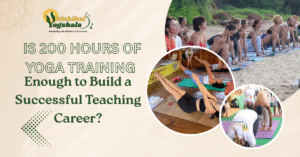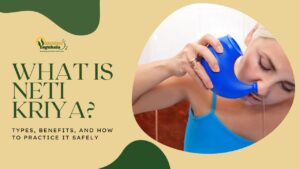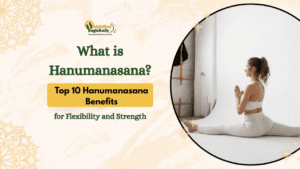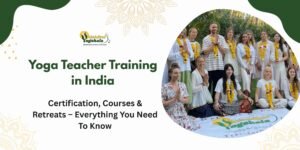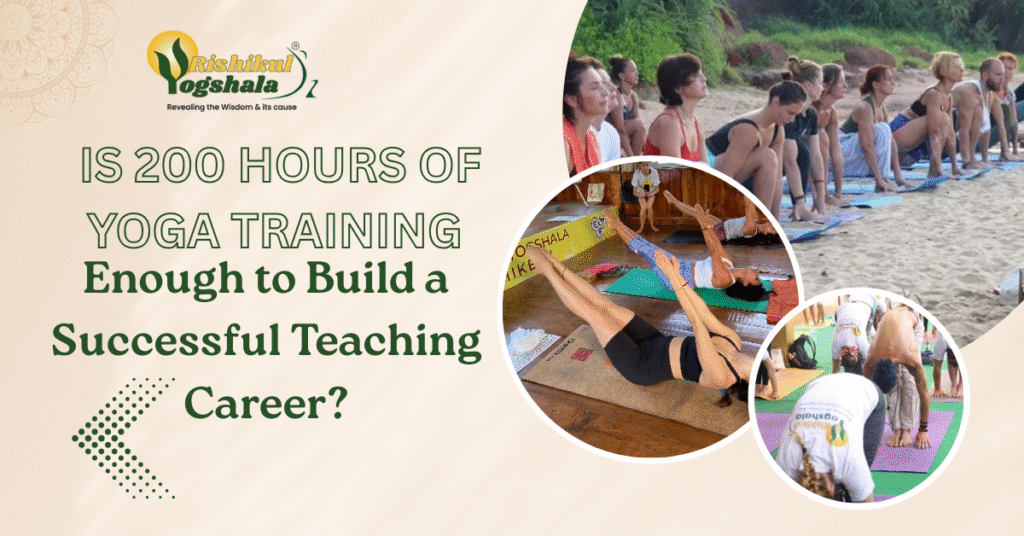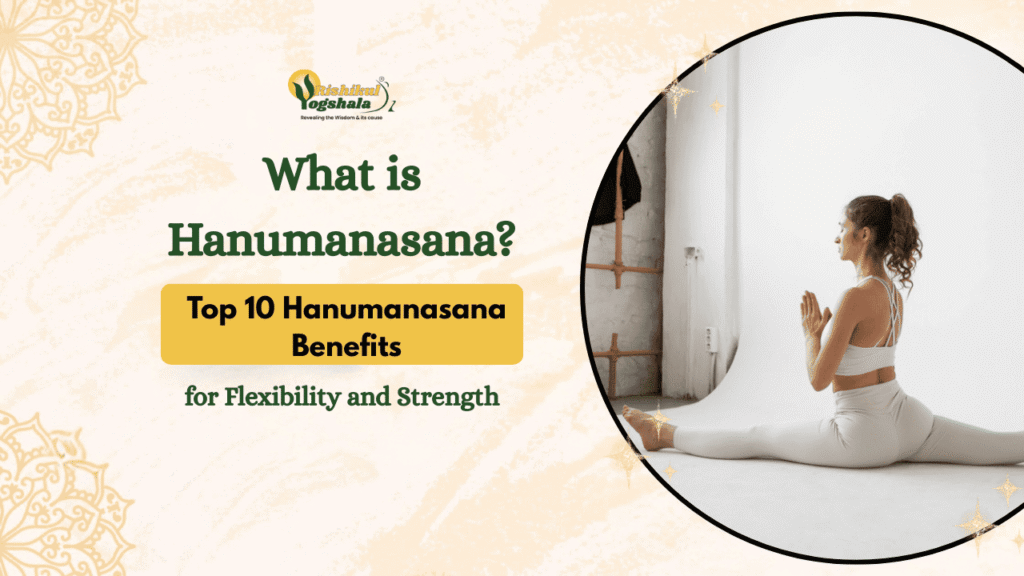Yoga for Anxiety: 12 Poses to Try
As per the Pew Research Center’s analysis, 35% of Indian adults practice yoga for anxiety (एंग्जायटी के लिए योग) on a regular basis. That said, anxiety is one of the very common feelings in people that affect mental health and well-being. Among all relaxation techniques available for the management of stress and anxiety, yoga happens to top the list. It has the necessary framework that helps in healing symptoms of anxiety and depression.
Here are 12 yoga poses Which are the most powerful yoga poses for calming the mind and body to combat the effects of anxiety.
1. Child’s Pose (Balasana)
Pose child’s posture is a grounding posture that induces relaxation. This simple pose will calm all the tension in the lower back, hips, and shoulders while encouraging deep, mindful breathing. It could be a good place to begin if you need support for your anxiety. Grounding will quiet your mind, helping you reconnect with your breath.

Also Read – Balasana (Child Pose) – Top 10 Incredible Health Benefits
2. Legs-Up-The-Wall Pose (Viparita Karani)
This restorative posture is a favorite to relieve tension and anxiety. Even through raising the legs, blood starts going up to the heart, thus soothing down the nervous system. Gentle inversion can easily reduce both physical and mental stress. In the long run, it can help people get hold of mental health issues related to their mental health conditions, such as insomnia and anxiety.

3. Corpse Pose (Savasana)
The Corpse Pose, commonly known as Savasana, is one of the most effective poses for complete relaxation. Typically practiced at the end of a yoga session, this pose allows the body and mind to enter a state of stillness, helping to reduce stress levels and promote mental calm. Savasana is particularly beneficial for individuals dealing with anxiety or depression, as it encourages deep relaxation, lowers tension, and restores a sense of balance. By focusing on breath and letting go of physical and mental strain, the Savasana yoga position helps cultivate inner peace, making it an essential part of any yoga practice.
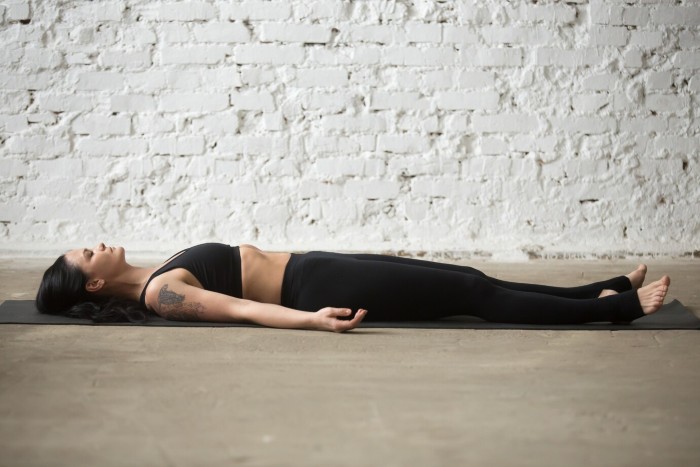
Also Read – Top 5 Health Benefits of Savasana (Corpse Pose)
4. Cat-Cow Pose (Marjaryasana/Bitilasana)
This flowing movement from one to another posture loosens up the stiffness in the spinal cord and brings deep inhalation. As a great pose for relaxing the mind and the body, it is a good yoga for anxiety and stress. Practicing this cat-cow pose regularly loosens the tight muscles and relaxes the body.

5. Extended Puppy Pose (Uttana Shishosana)
It combines the child’s pose with the downward dog, opening the heart and stretching the upper body. What’s amazing is that this pose works to ease worries since it encourages deep breathing and stretches along the spine. It’s one ideal posture for those struggling with emotional tension and tight physical parts.
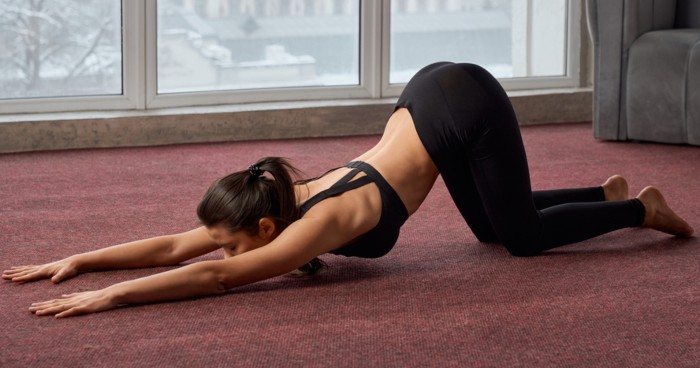
6. Happy Baby Pose (Ananda Balasana)
The happy baby pose opens the hips and unwinds the lower spine, releasing all the tension in an area that typically shows signs of anxiety and stress. It is kind of playful but also calming and also an effective yoga for anxiety.
Also Read: Happy Baby Pose (Ananda Balasana) – Top 10 Incredible Health Benefits
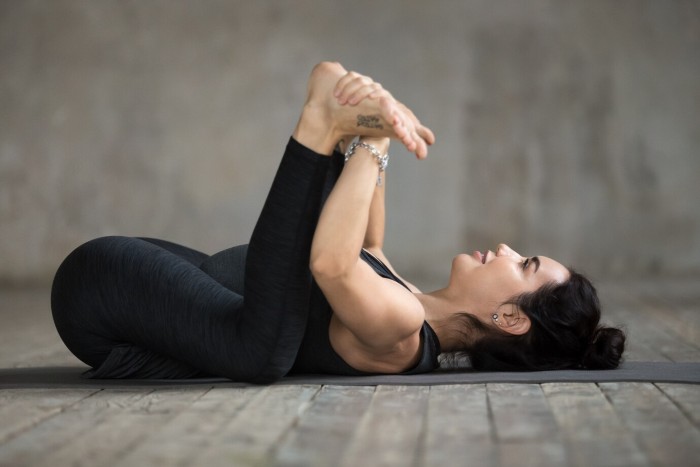
7. Sitting Forward Bend (Paschimottanasana)
This forward bend stretches the spine and hamstrings and encourages an inner focus. It is a wonderful posture for feeling relief under anxious feelings because it might calm one down and introduce some inner reflection. Besides, it soothes symptoms of stress: fatigue and headaches.
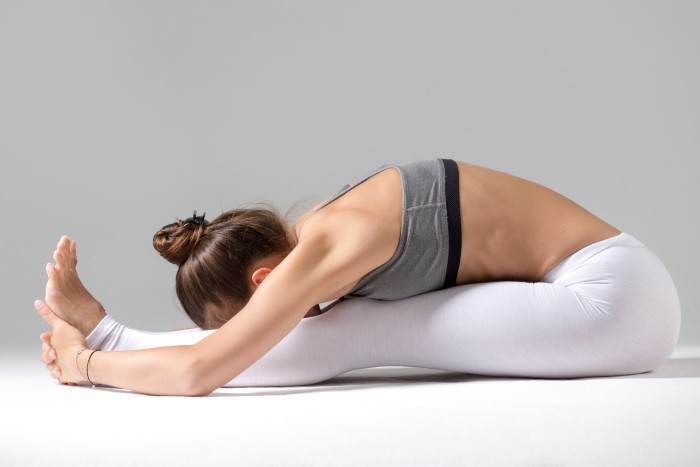
Also Read – Top 7 Health Benefits of Paschimottanasana (Seated Forward Bend Pose)
8. Standing Forward Bend (Uttanasana)
Like the seated forward bend, this is going to help release tension in the back, shoulders, and neck; therefore, it’s excellent for those who experience stressful times and anxiety. It enhances the flow of blood to the brain, making this pose relaxing and refreshing. So, it also leads to a great yoga for anxiety.

Also Read – Top 7 Health Benefits of Uttanasana (Standing Forward Bend Pose)
9. Fish Pose (Matsyasana)
Fish pose stretches the throat, chest, and abdomen, regions that tend to be narrowed due to anxiety. The heart-opening position assists one in taking deep breaths, a requirement for calming the nervous system. Fish pose is the perfect remedy for both physical and mental stress.

Also Read – The Health Benefits of Matsyasana (Fish Pose)
0. Sphinx Pose (Salamba Bhujangasana)
This soft backbend opens the heart and energises the spine. It is an excellent starting pose to handle mental disorders since it encourages relaxation while strengthening the upper body.
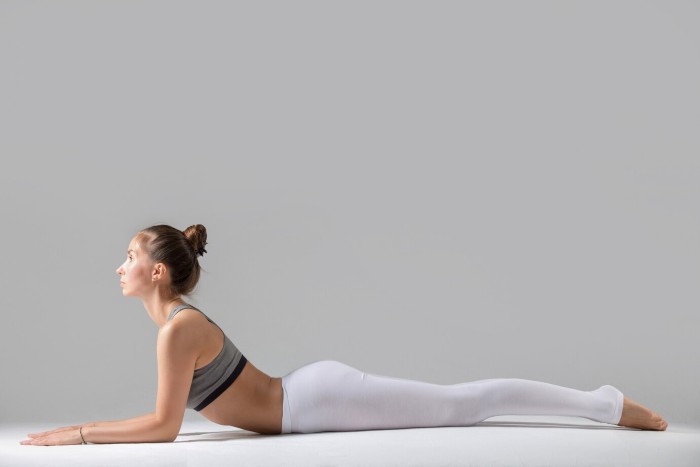
11. Bound Angle Pose (Baddha Konasana)
Bound Angle Pose, or Butterfly Pose, is excellent for opening the hips and relaxing the pose. The constant stretching releases the feelings of tension that have traveled down from the lower half of the body, making it an excellent stress-reducing and anxiety-relief pose.
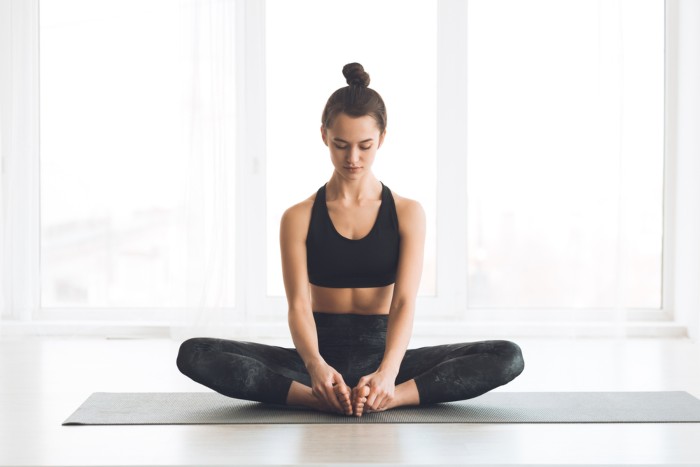
Also Read – The Health Benefits of Baddha Konasana (Butterfly Pose)
12. Plow Pose (Halasana)
This is a deep inversion exercise that stretches the entire back while stimulating the nervous system. It also works quite well in calming down the mind and easing feelings of anxiety and depression, though it has to be treated with care as it does stretch the neck.

Also Read – Top 7 Health Benefits of Halasana (Plow Pose)
Bonus: Corpse Pose with Guided Meditation (Savasana with Meditation)
To reap the full potential of yoga for anxiety, combine the classic Savasana position with the use of guided meditation. Listening to a soothing meditation or visualisation deepens the relaxation effects of the lying still posture. This fusion of relaxation and mindfulness may become one of your new favourites since it helps to quiet down racing thoughts like the wind. Meditation helps bring the mind to the present, which often reduces the anxiety over things gone by or feared for in the future. Perform the above 12 yoga for anxiety and feel relaxed.
How to Add Yoga to Your Daily Practice for Anxiety End
To derive the mental well-being benefit of yoga, try these poses regularly and combine them with relaxation techniques such as pranayama (breath control) and meditation. Over time, you are likely to realise that not only do feelings of anxiety decrease with yoga, but overall well-being increases.
Yoga is more than just physical exercise; it is a powerful tool to calm the mind, release tension, and manage anxiety effectively. Incorporating mindful asanas, breathing techniques, and meditation into daily life helps anchor us in the present, fostering clarity, balance, and emotional resilience. Each practice we explored can be a step toward creating a sense of inner calm, allowing the body and mind to function in harmony.
For those inspired to deepen their practice and transform their understanding of yoga, Rishikul Yogshala offers a comprehensive 200 Hour Yoga TTC in India. This program is designed not only to strengthen your personal practice but also to equip you with the knowledge and skills to teach others. Under the guidance of experienced instructors, students explore yoga philosophy, anatomy, meditation, pranayama, and asanas in an immersive, supportive environment.
Whether your goal is personal growth, mental well-being, or becoming a certified yoga teacher (RYT-200), this training provides the tools and confidence to integrate yoga into your life meaningfully. By embracing yoga through dedicated practice and structured learning, you can turn anxiety into a pathway for balance, clarity, and lasting inner peace.
Frequently Asked Questions (FAQ)
Q1: Can yoga really help reduce anxiety?
A: Yes, yoga combines breathwork, meditation, and mindful movement, which can lower stress hormones and promote relaxation, helping manage anxiety naturally.
Q2: How often should I practice yoga for anxiety relief?
A: Daily practice, even 15–30 minutes, can be effective. Consistency is key for long-term mental and emotional balance.
Q3: Do I need prior experience to start yoga for anxiety?
A: No experience is necessary. Beginners can start with simple poses and guided sessions, gradually building strength and mindfulness.
Q4: What styles of yoga are best for anxiety?
A: Gentle styles like Hatha, Yin, or restorative yoga are particularly effective in calming the mind and reducing stress.
Q5: Can breathing exercises alone reduce anxiety?
A: Yes, techniques like deep diaphragmatic breathing, alternate nostril breathing, and Ujjayi pranayama can help calm the nervous system.
Q6: Will a yoga teacher training help me manage my anxiety better?
A: Absolutely. Programs like the 200-Hour Yoga Teacher Training at Rishikul Yogshala in India deepen your practice and teach tools to manage stress and support emotional well-being.
Q7: How long does it take to feel the benefits of yoga for anxiety?
A: Many people notice improvements within a few weeks, but consistent practice leads to more lasting mental clarity, balance, and inner calm.
Last Updated On: 24-11-2025

MEDITATION, INSPIRATIONAL AND SPIRITUAL GUIDE
Yogi Gangesha Chaitanya is a master of Yoga Philosophy, Meditation, Pranayama, and Spiritual Guidance, trained under Swami Rama and renowned institutions like the Himalayan Tradition and Sri Aurobindo Ashram. With expertise in Kundalini Yoga and meditation, he mentors students in 200-hour and 300-hour Yoga Teacher Training programs, guiding them toward inner awareness, spiritual growth, and a deeper understanding of yoga.
View Instagram Profile


